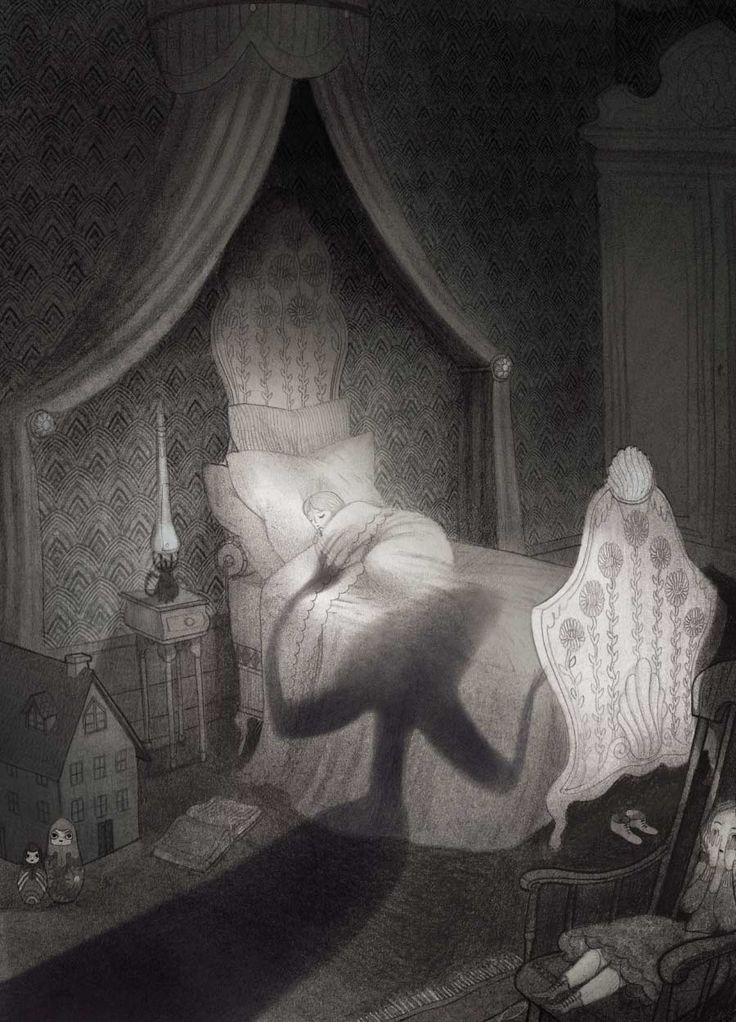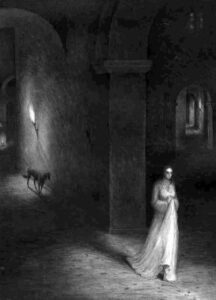
Imagine watching a movie. Maybe the heroine’s in Paris, or she’s a lonely actress hiding away in a bookstore. The movie reminds you of a cool breeze on a sunny day, and you’re pretty sure the leading man’s just across the road, waiting with roses and a violin. Now imagine a second movie. Set in a dark, damp cave, complete with evil entities, gore, and backstabbing buddies, this movie is the polar opposite. Yet what do these movies have in common? Both of them are stories of women. Yet, audiences arbitrarily dismiss the former as a chick flick, as a movie for women, while glorifying the latter, a movie for an audience.
Ever since horror has existed as a genre, it’s been a classic go-to for so many. Maybe you like the adrenaline rush; perhaps you’re on a date; maybe you want to kick back and relax – it doesn’t matter, horror fits the mood. And as such, with its huge following and the vulnerable atmosphere it creates, it contributes massively to propagating subtle prejudices and expectations. So subtle, you don’t even realize it.
Don’t get me wrong; I love a good horror movie. Who doesn’t? But what horror does not do, is promote equality. Horror is at its best when the audience feels the main character’s terror as their own. And as all film genres do, it panders to the ingrained views of society.
Horror employs several tropes in its storytelling style, notably the Final Girl and the Death by Sex tropes.
According to film scholar Carol Clover, who first explained the trope, the Final Girl is the last survivor and is “abject terror personified.” On paper, this concept of the last woman standing may seem pro-feminist, and ironically enough, it is. Even in fights of Good vs. Evil, it is rare that one sees a woman at the helm of victory. This alone makes horror movies stand out from other genres in terms of representation.
But the protagonist pays a steep price for triumph. She, as a rule of thumb, cannot emerge unscathed. She needs to be suitably tortured enough to become as ruthless as she needs to survive. She needs to be deemed worthy of survival before she can get a fighting chance.
The concept of a final girl works so well because society expects women to be naturally vulnerable. The idea of a Final Boy, while previously explored, never gained much traction because, apparently, society thinks fear and other emotions, except anger, are exclusive to women.
Furthermore, slasher films promote an ideal type of woman: docile, meek, more worried about their math homework than anything else. It is usually this female archetype that survives the ordeal, even against all odds. A common recurring theme in horror movies is characters being killed almost immediately or soon after they’ve had sex. It’s a thing! The Death by Sex trope believes in disciplining wayward women by punishing lustful thoughts with death. Even women who get too mouthy are killed off in the script, all for deviating from the norm. Try it yourself – pick an old slasher and try to predict who’s going to die. You’ll see a pattern. Of course, the final girl has none of these traits and is thus, worthy of survival.
Another issue seen is the almost complete lack of LGBTQ+ representation and the absence of colored final girls. People of color are often killed early on in the movies, yet another subtle prejudice incorporated into the script. But a change is coming with more and more leading women taking their fate into their own hands, refusing to lead a passive existence. Modern films now include a diverse cast with even unexpected characters surviving to the end. The evolution of this genre is what we need to usher in a new era of feminism – a well underway endeavor.
Written by Maha Padala for MTTN
Edited by Shivangi Acharya for MTTN
Featured Image by Isabella Mazzanti
Artwork by Angela Barnett

Leave a Reply
You must be logged in to post a comment.